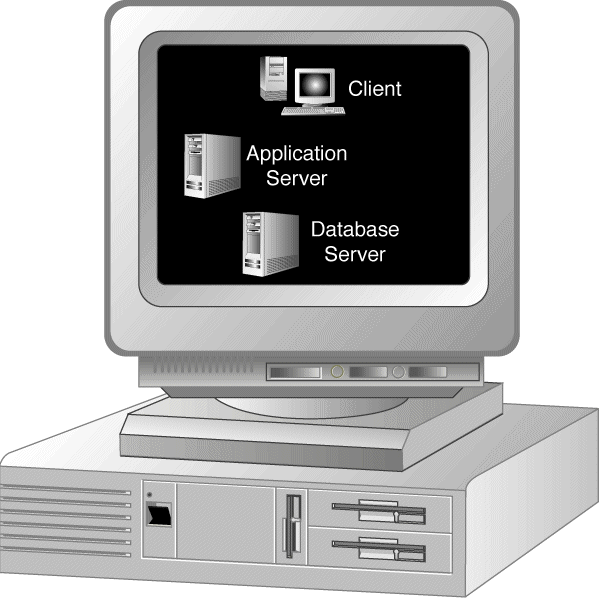
Virtualization is really a hot topic. It is gaining in popularity and has moved well into the IT mainstream. Of course, it comes with its challenges.
Virtual network visibility was/is a big challenge. Typical network security and troubleshooting tools are essentially blind to traffic that occurs on virtual switches and between virtualized machines. Several vendors have emerged in this space and appliances and enhancements to the virtualization products are likely to minimize this issue in the next 12 months for most organizations. There are already several mechanisms available to observe virtual network traffic, repeat it or analyze it in place. As long as systems and network engineers take this into consideration during design phases, there should be little impact on security architecture. Of course, that may take a few gentle reminders – but overall this seems to be working for the majority of companies embracing virtualization while maintaining tight controls.
The second issue is ensuring that virtualized systems meet established baselines for configuration, security and patching. This is largely a process issue and as long as your policies and processes follow the same flows for virtual machines as real hardware-based systems then there should be few unusual issues. Here the big risk is that an attacker who gains access to one “guest” virtual machine may (MAY) be able to attack the hypervisor that is the “brain” of the virtualization software. If the attacker can break the hypervisor, they MAY be able to compromise the whole real machine and potentially ALL of the virtual systems that the real system hosts or manages. These are conditional statements because the risk exists, but to a large extent, the threats have been unrealized. Sure, some proof of concepts exist and attackers are hard at work on cracking huge holes in the virtualization tools we use – but far, wide and deep compromises of virtualization software and hypervisors have still not emerged (which is a good thing).
I have been asked on several occasions about hypervisor malware attacks and such. I still think these are very likely to be widely seen in the future. Malware can already easily detect VM installs through a variety of mechanisms and attackers have gotten much better at implementing rootkits and other malware technologies. In the meantime, more and more attack vectors have been identified by researchers that allow access to the hypervisor, underlying OS and other virtual guests. It is, in my opinion, quite likely that we will see virtualization focused malware in the near future.
Another common question I get is about the possibilities of extending anti-virus and other existing tools to the hypervisor space for additional protection. I am usually against this – mostly due to the somewhat limited effectiveness of heuristic-based technologies and out of fear of creating yet another “universal attack vector”. Anti-virus exploits abound, so there is no reason to believe that hypervisor implementations wouldn’t be exploitable in some way too. If that were to be the case, then your silver bullet hypervisor AV software that protects the whole system and all of the guests, just turns into the vector for the “one sploit to rule them all”.
I truly believe that the options for protecting the hypervisor should NOT lie in adding more software, more complexity and more overhead to the computing environment. As usual, complexity increases come with risk increases. Instead, I think we have to look toward simplification and hardening of virtualization software. We have to implement detective mechanisms as well, but they should like outside of the hypervisor somehow. I am not saying I have all of the answers, I am just saying that some of the current answers are better than some of the others…
What can you do? Get involved. Get up to speed on VM tools and your organization’s plans to deploy virtualization. Evangelize and work with your IT team to make sure they understand the security issues and that they have given security the thought it deserves. Share what works and what doesn’t with others. Together, we can all contribute to making sure that the revolution that virtualization represents does not come at the price of severe risk!


